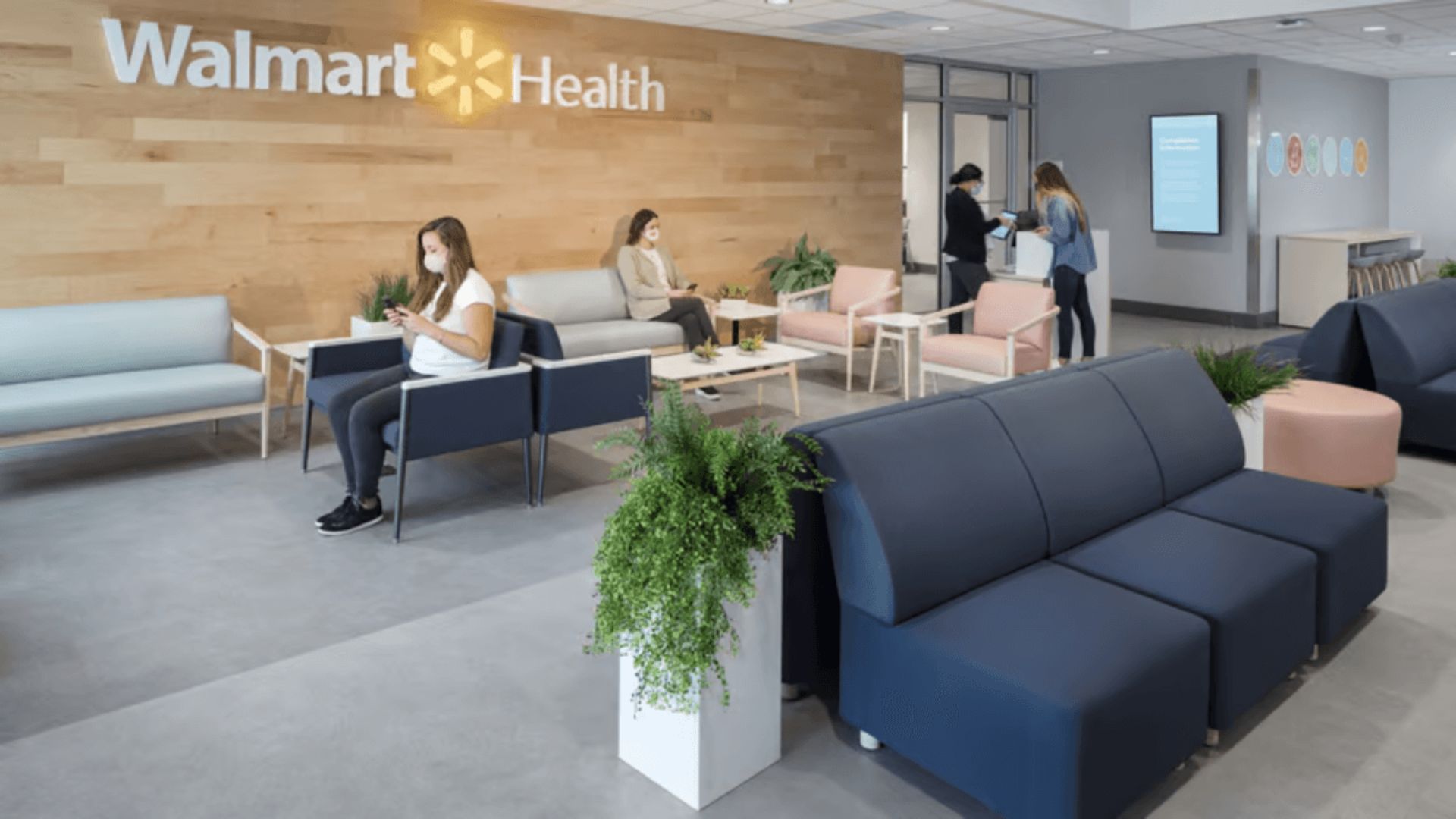Telehealth has shifted from a niche offering to a cornerstone of modern healthcare, a transformation accelerated by the COVID-19 pandemic. This shift underscores a broader movement towards digital health solutions that are reshaping patient care.
“We’re developing an on-demand care experience that operates through an omnichannel approach,” said Aniq Rahman, founder and CEO of Fabric. “Our goal is to provide excellent virtual care so that patients can receive treatment without leaving their homes.”
Fabric’s care enablement system merges virtual and in-person services, utilizing conversational AI and adaptive interviews. Designed by clinicians, this system improves care quality, speeds up workflows by up to tenfold, reduces call center volume by 15%, and enhances appointment slot utilization.
This development follows Fabric’s acquisition of Walmart’s telehealth subsidiary, MeMD, in June. This acquisition expands Fabric’s reach to 30,000 employers and 5 million members, bolstering its employer-focused strategy.
Historically, telehealth has revolved around video consultations, which, while innovative, did not fully meet the demand for a seamless consumer experience. Current efforts are directed towards a more integrated, omnichannel model that incorporates chat-based consultations, asynchronous interviews, and direct-to-consumer services offered by platforms like RO, HIMSS, and Amazon Clinic.
Rahman highlighted that the goal is to better triage patients to determine whether they need emergency care or urgent care, enhancing the efficiency of patient management.
By leveraging technologies such as conversational AI, telehealth platforms are creating a more cohesive care experience. This integration streamlines information flow into virtual care platforms, reduces redundant data entry, and improves accuracy.
“We’re enhancing the experience by streamlining processes,” Rahman noted. “Our average physician work time for most visits is only about a minute and a half, making it highly efficient for providers and enabling them to see more patients daily.”
Telehealth technologies address the shortage of healthcare providers and nurses by boosting operational efficiency and patient throughput. This alleviates pressure on healthcare systems and ensures timely care.
“Our product allows patients to complete their intake experience on their phones while waiting,” Rahman explained. “Our growth has been driven by deep integrations with the tools providers use.”
A case study from WellNow, a leading urgent care provider, showed that telehealth increased productivity for video visits by 2.11 times compared to traditional methods, thus expanding patient access and improving provider performance.
“Technology is a powerful enabler,” Rahman said. “It improves patient and provider experiences while enhancing operational throughput.”
Rahman’s motivation for founding Fabric stemmed from a personal healthcare experience involving his father, which exposed inefficiencies in the healthcare system. His previous success with Moat, a digital marketing analytics firm acquired by Oracle, laid the groundwork for Fabric’s development.
“My experience with Moat gave me insight into the complexities of the modern healthcare system,” Rahman said. “I saw firsthand the inherent challenges and chaos within the system.”
Following Fabric’s acquisition of Zipnosis last year, Rahman reported significant cost savings, noting a reduction of $17 per member per month after 120 days of using the virtual care platform. “For a plan with a million members, that translates to $17 million in monthly savings,” he said.
As the healthcare sector continues to evolve, Fabric remains focused on expanding its virtual care capabilities and technological advancements. “We are dedicated to enhancing our virtual care and technology capabilities,” Rahman concluded.




